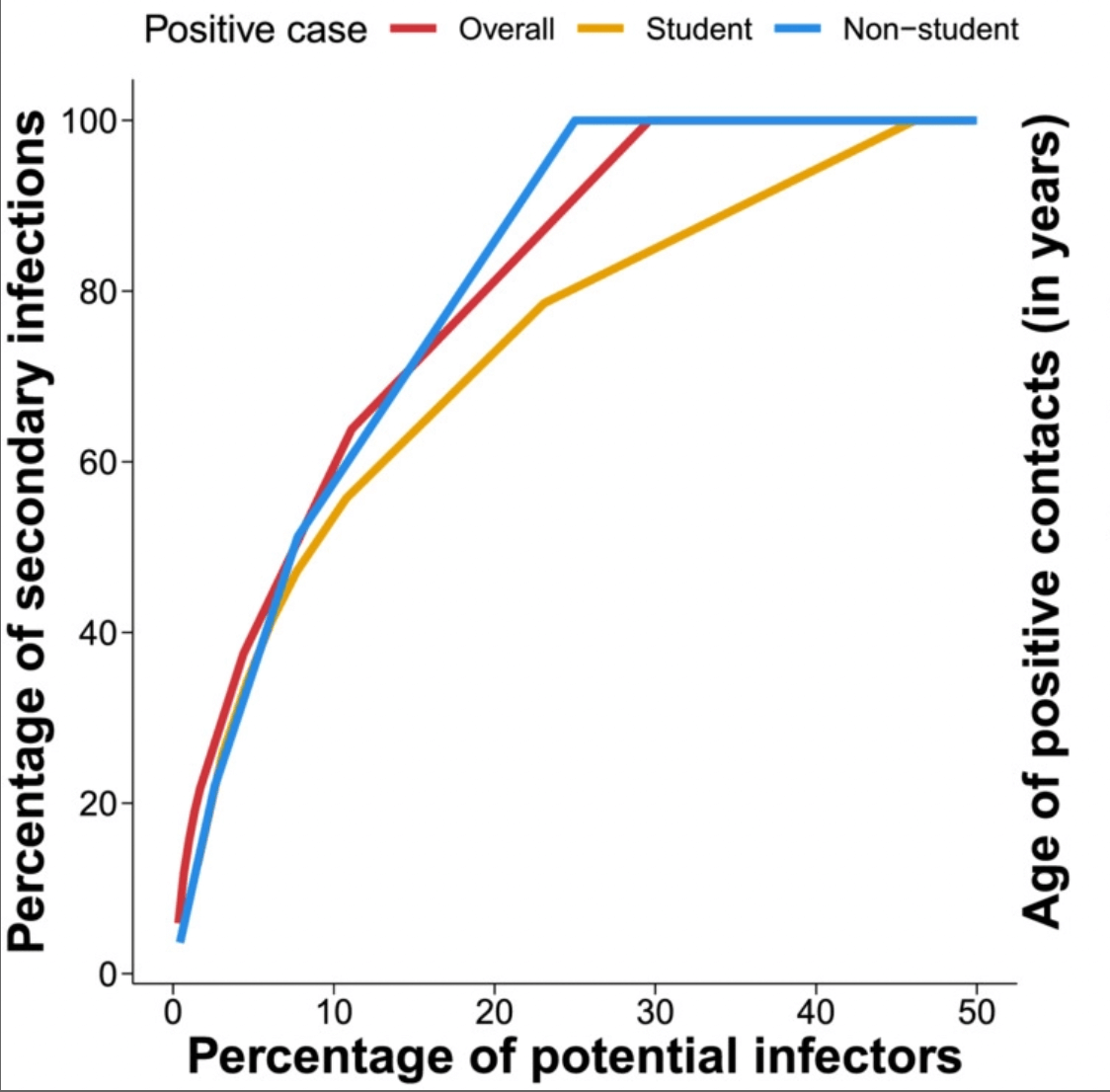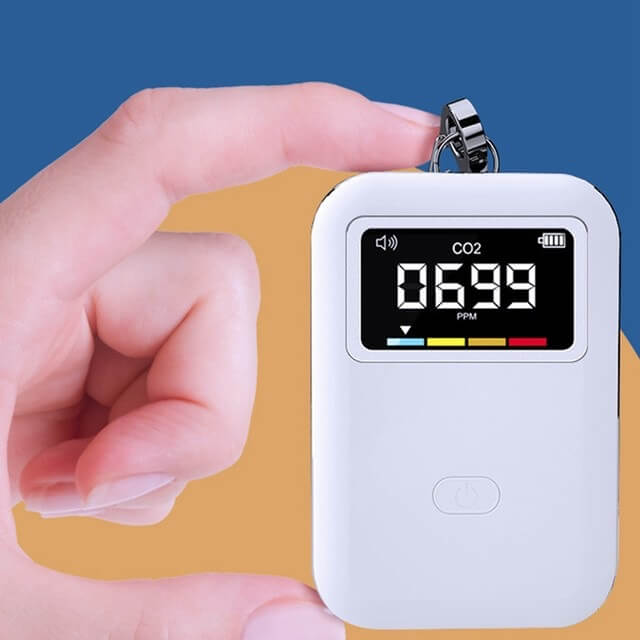
Estimating SARS-CoV-2 transmission in educational settings
Estimating SARS-CoV-2 transmission in educational settings: A retrospective cohort study
School closures and distance learning have been extensively adopted to counter the COVID-19 pandemic. However, the contribution of school transmission to the spread of SARS-CoV-2 remains poorly quantified.
Methods
We analyzed transmission patterns associated with 976 SARS-CoV-2 exposure events, involving 460 positive individuals, as identified in early 2021 through routine surveillance and an extensive screening conducted on students, school personnel, and their household members in a small Italian municipality. In addition to population screenings and contact-tracing operations, reactive closures of class and schools were implemented.
Results
From the analysis of 152 clear infection episodes and 584 exposure events identified by epidemiological investigations, we estimated that approximately 50%, 21%, and 29% of SARS-CoV-2 transmission was associated with household, school, and community contacts, respectively. We found substantial transmission heterogeneities, with 20% positive individuals causing 75% to 80% of ascertained infection episodes. A higher proportion of infected individuals causing onward transmission was found among students (46.2% vs. 25%, on average), who also caused a markedly higher number of secondary cases (mean: 1.03 vs. 0.35). By reconstructing likely transmission chains from the entire set of exposures identified during contact-tracing operations, we found that clusters originated from students or school personnel were associated with a larger average cluster size (3.32 vs. 1.15) and a larger average number of generations in the transmission chain (1.56 vs. 1.17).
Conclusions
Uncontrolled SARS-CoV-2 transmission at school could disrupt the regular conduct of teaching activities, likely seeding the transmission into other settings, and increasing the burden on contact-tracing operations.
To read more click on this link: https://onlinelibrary.wiley.com/doi/10.1111/irv.13049
Why not check out the air quality where you are with these handy mini CO2 monitors. Click on the image below:
educational educational educational
From the analysis of 152 clear infection episodes and 584 exposure events identified by epidemiological investigations, we estimated that approximately 50%, 21%, and 29% of SARS-CoV-2 transmission was associated with household, school, and community contacts, respectively. We found substantial transmission heterogeneities, with 20% positive individuals causing 75% to 80% of ascertained infection episodes. A higher proportion of infected individuals causing onward transmission was found among students (46.2% vs. 25%, on average), who also caused a markedly higher number of secondary cases (mean: 1.03 vs. 0.35). By reconstructing likely transmission chains from the entire set of exposures identified during contact-tracing operations, we found that clusters originated from students or school personnel were associated with a larger average cluster size (3.32 vs. 1.15) and a larger average number of generations in the transmission chain (1.56 vs. 1.17).





